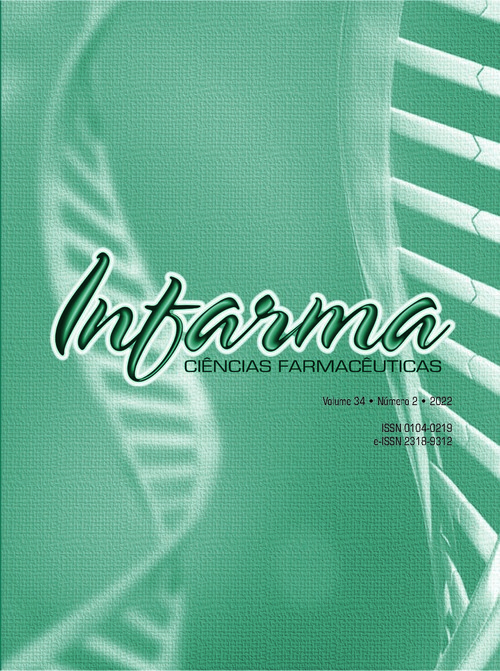MENTAL DISORDER COMORBIDITY IN A PUBLIC PHYSICAL AND MENTAL HEALTH COMMUNITY-BASED CARE NETWORK SPECIALIZED IN ALCOHOL AND DRUGS
DOI:
https://doi.org/10.14450/2318-9312.v34.e2.a2022.pp146-158Keywords:
substance-related disorders, mental disorders, comorbidity, primary health careAbstract
Mental disorder comorbidity in substance use disorder patients is a common problem with health care implications. This study aimed to investigate mental disorder comorbidity in a physical and mental health community-based care network specialized in alcohol and drug dependence. This multicenter crosssectional study included 103 substance use disorder patients from four Brazilian Referral Centers for Psycho-Social Care. Data were assessed by Mini International Neuropsychiatric Interview and Addiction Severity Index questionnaires. Unemployed single men between 30-59 years old characterized the sample and showed a significant correlation between alcohol, cocaine or crack, and cannabis dependence with some other serious mental disorders, but not among tobacco smokers. Mental disorder comorbidity is still common in some models of psychosocial care. It suggests that an unambiguous dual-diagnosis and a precise differentiation between primary mental disorders and substance use disorders must be a common clinical staff practice part of the routine in the different models of drug dependence care to obtain an effective mental health intervention for these individuals.
Downloads
Published
How to Cite
Issue
Section
License
Authors who publish in this journal agree to the following terms:
- Authors retain the copyright and grant the journal the right of first publication, with the work simultaneously licensed under the Licença Creative Commons Attribution which allows the sharing of work with acknowledgment of authorship and initial publication in this journal.
- Authors are authorized to take additional contracts separately, for non-exclusive distribution of the version of the work published in this journal (e.g. publish in institutional repository or as a book chapter), with acknowledgment of authorship and initial publication in this journal.
- Authors are allowed and encouraged to publish and distribute their work online (e.g. in institutional repositories or on their personal page) at any point before or during the editorial process, as this can generate productive changes as well as increase the impact and Citation of published work (See O Efeito do Acesso Livre ).


